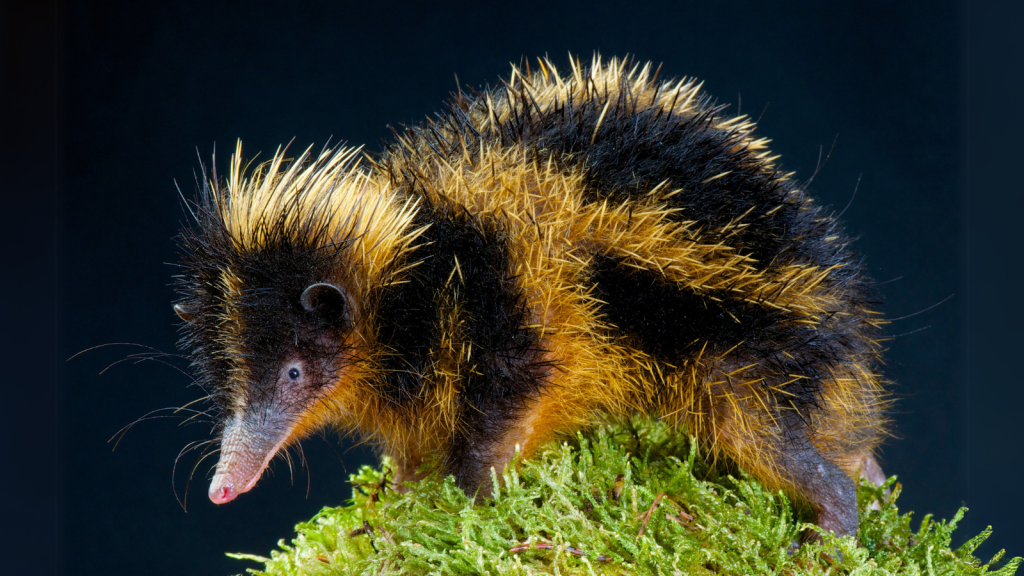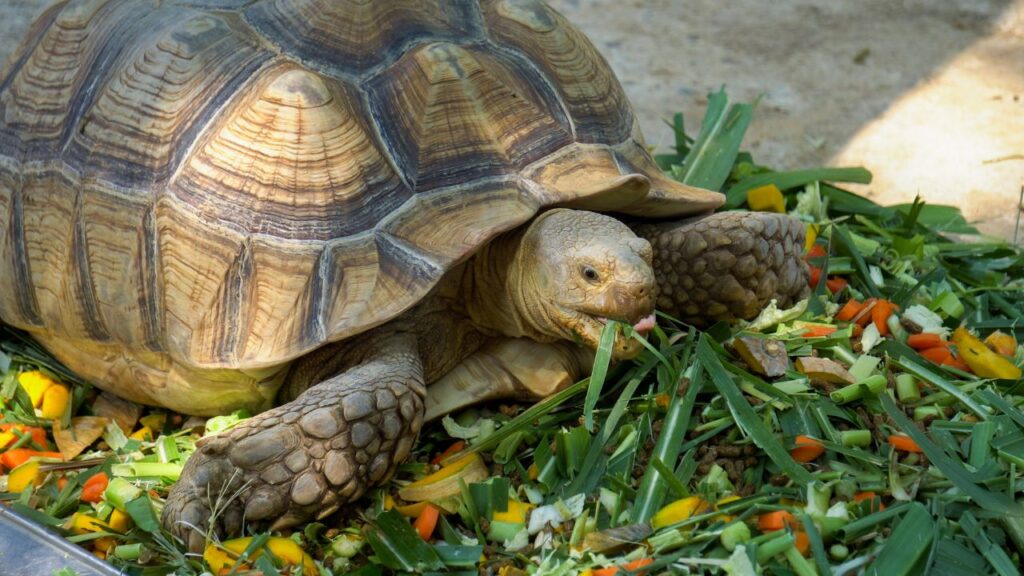The lowland streaked tenrec is a small, spiny creature that calls Madagascar home. These quirky animals might look like hedgehogs at first glance, but they’re actually more closely related to elephants and manatees! With their distinctive yellow stripes and needle-like quills, these little mammals are a marvel of nature. They’ve adapted to life on the forest floor in unique ways, and their behaviours might just surprise you. Ready to uncover some fascinating facts about these prickly wonders? Here are 14 things you might not know about the lowland streaked tenrec.
They’re Not Actually Hedgehogs
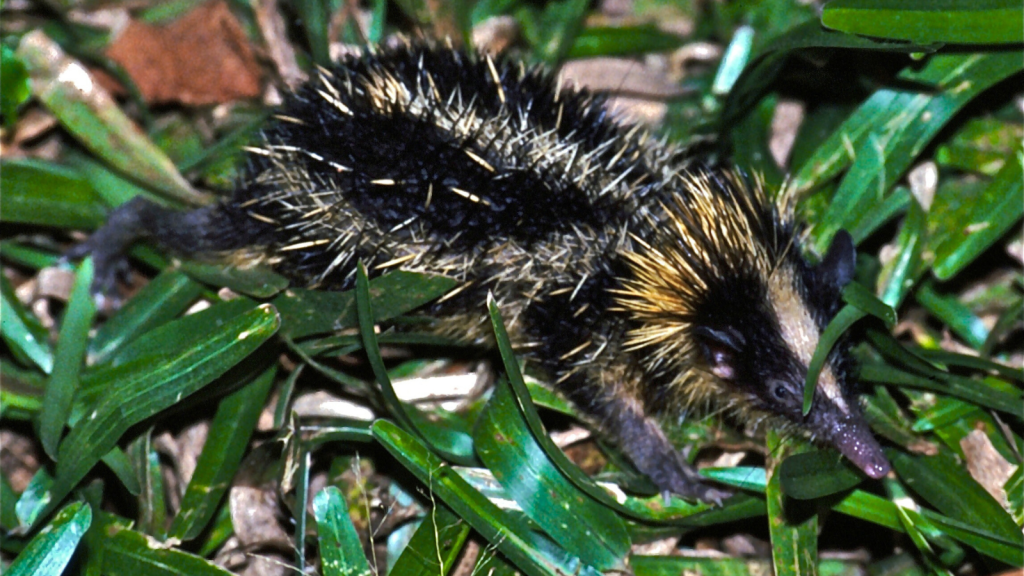
Despite their spiny appearance, lowland streaked tenrecs aren’t related to hedgehogs at all. They belong to a family of mammals called Tenrecidae, which is native to Madagascar and parts of Africa. These creatures are more closely related to elephants, manatees, and aardvarks than to hedgehogs or porcupines. This unique evolutionary lineage makes them a subject of great interest for scientists studying mammalian evolution.
They Can Make Their Quills Vibrate
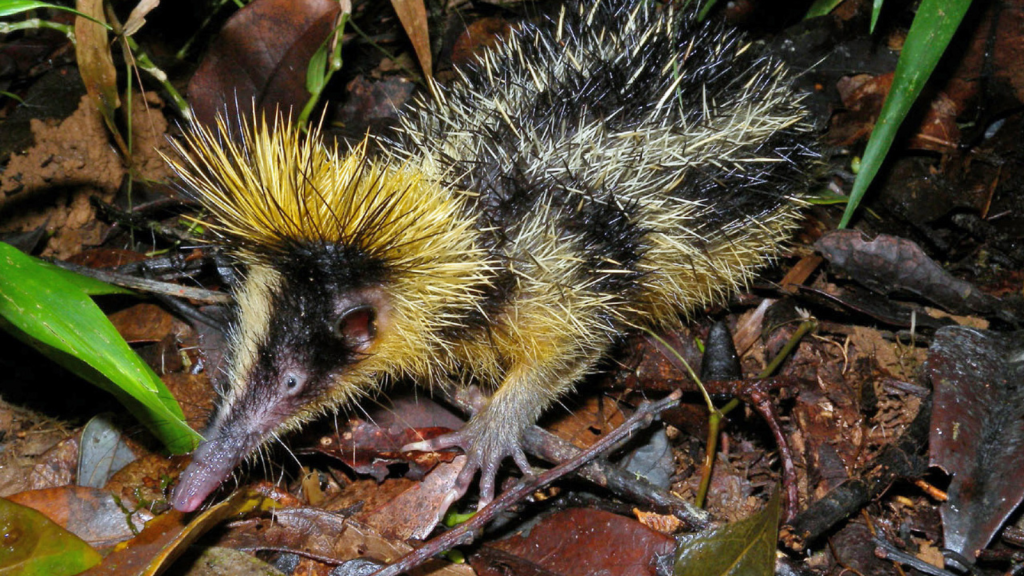
Lowland streaked tenrecs have a unique defence mechanism: they can vibrate their quills to produce a high-pitched sound. This sound is used to communicate with other tenrecs and to ward off predators. It’s like having a built-in warning system! The frequency of this vibration is so high that it’s almost ultrasonic, making it difficult for many predators to locate the source of the sound.
They’re Excellent Swimmers
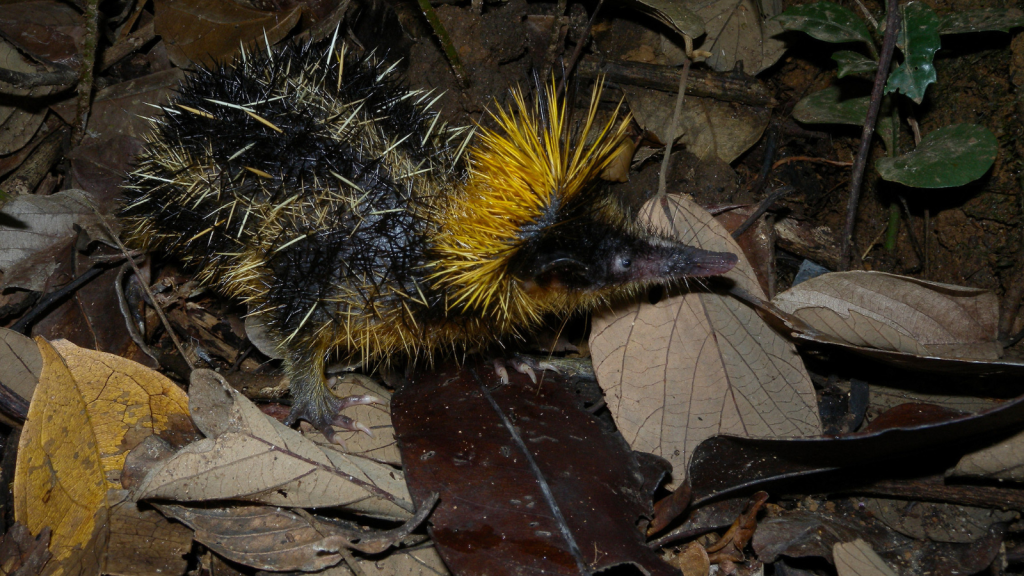
Don’t let their small size fool you – these tenrecs are surprisingly good swimmers. They often live near streams and rivers, and they’re not afraid to take a dip to escape danger or find food. Their webbed feet help them paddle through the water with ease. This aquatic ability is particularly useful during Madagascar’s rainy season when their habitats can become temporarily flooded.
They’re Miniature Marvels
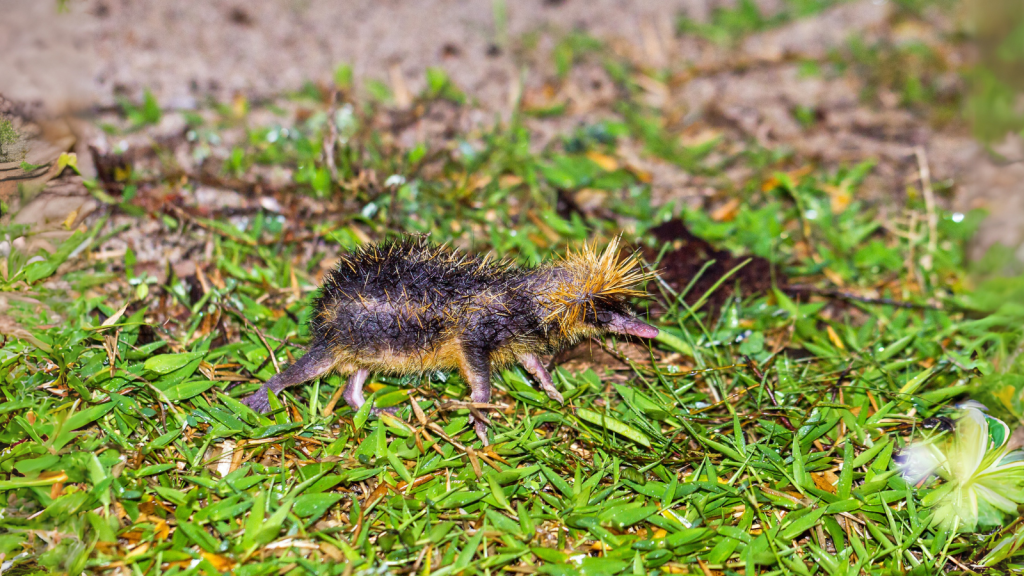
These little creatures are one of the smallest mammals in the world. They typically measure between 13 to 17 centimetres in length, including their tail. That’s about the size of a large mouse or a small hamster! Their small size allows them to navigate through dense undergrowth and hide in tiny crevices, giving them an advantage in their forest habitats.
They Have a Built-in Compass

Lowland streaked tenrecs have a remarkable ability to sense the Earth’s magnetic field. This internal compass helps them navigate through their forest homes and find their way back to their nests. It’s like having a GPS system in their brains! Scientists believe this ability is linked to special magnetite particles in their brains, similar to those found in migratory birds.
They’re Nocturnal Ninjas
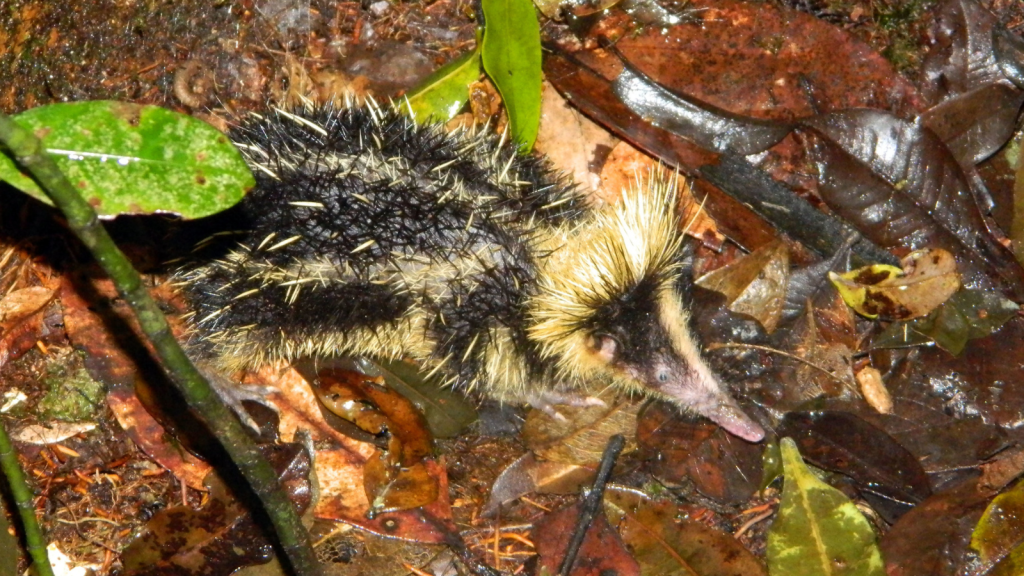
These tenrecs are most active at night. Their excellent sense of smell and hearing help them navigate in the dark and find food. During the day, they curl up in cosy nests made of leaves and grass to rest and stay safe from predators. Their eyes are adapted for low-light conditions, with large pupils that allow them to make the most of whatever little light is available in the forest at night.
They Have a Unique Diet

Lowland streaked tenrecs are insectivores, meaning they primarily eat insects. However, they’re not picky eaters and will also munch on worms, slugs, and even small frogs if they can catch them. Their long, sensitive noses help them sniff out tasty treats hidden in the forest floor. They have a particularly high metabolism, which means they need to eat frequently to maintain their energy levels.
They’re Social Creatures
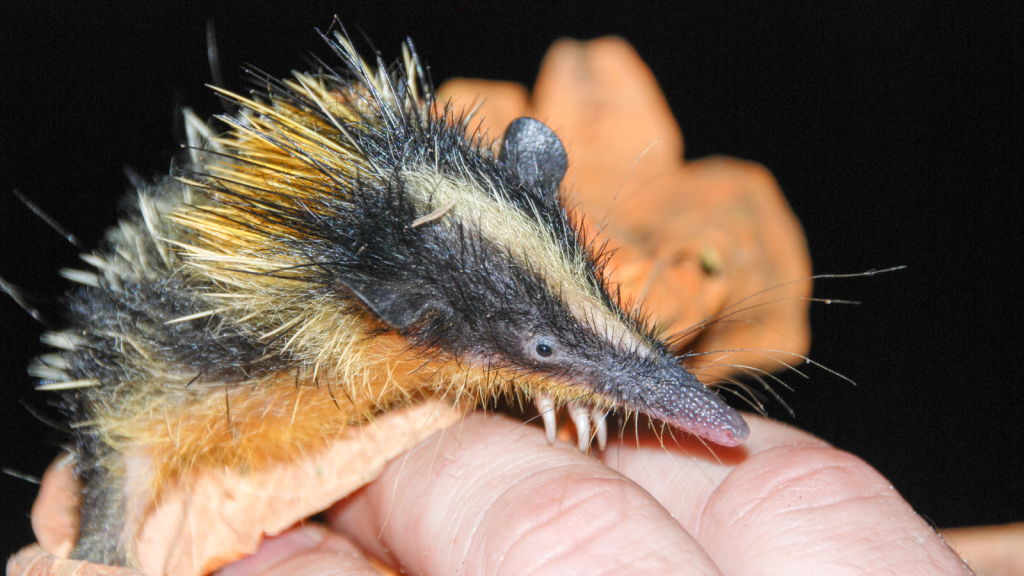
Unlike many other small mammals, lowland streaked tenrecs are quite social. They often live in family groups and communicate with each other using a variety of chirps, grunts, and whistles. They even groom each other, which helps strengthen social bonds. These social groups can include up to a dozen individuals, providing safety in numbers and shared parental care for their young.
They Have Super-Fast Reflexes
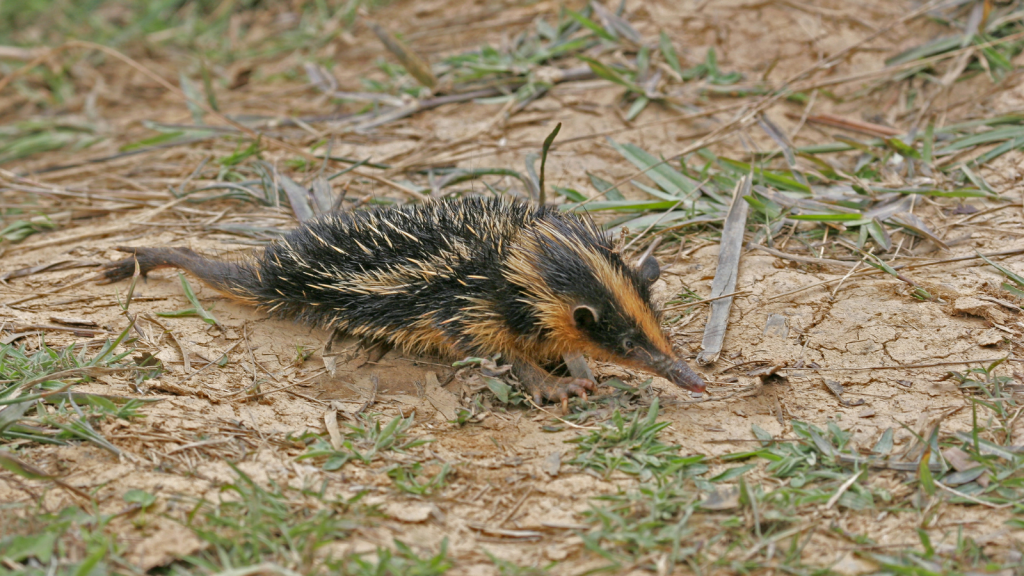
These little creatures have lightning-fast reflexes, which help them catch prey and avoid becoming a meal themselves. Their quick movements and ability to change direction rapidly make them formidable hunters despite their small size. This agility is partly due to their lightweight skeletal structure and powerful leg muscles, allowing for quick bursts of speed when needed.
They’re Masters of Camouflage
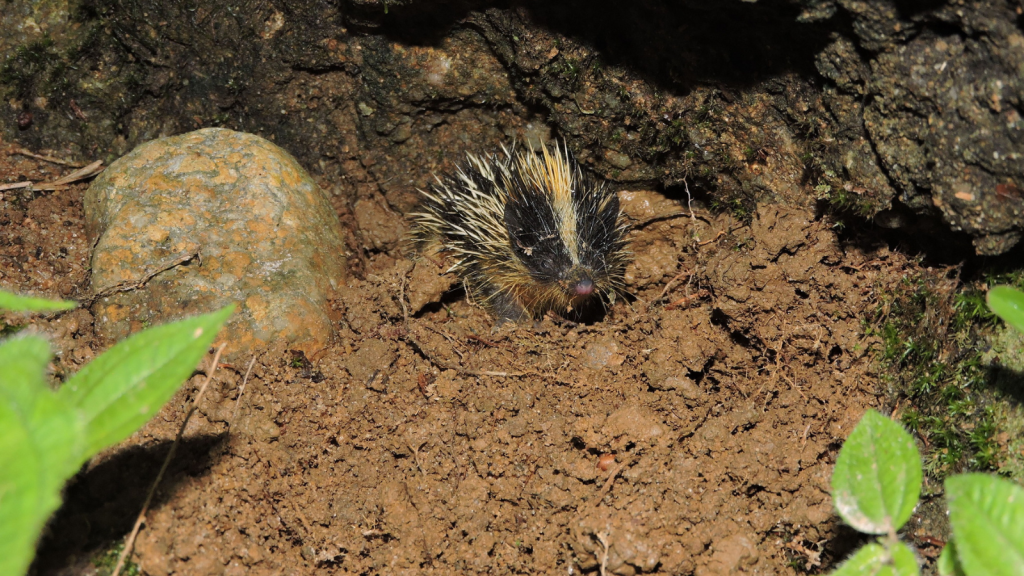
The yellow stripes on a lowland streaked tenrec’s back aren’t just for show. These markings help them blend in with the dappled sunlight on the forest floor, making them harder for predators to spot. It’s nature’s version of a camouflage jacket! The contrast between their dark body and light stripes creates a disruptive pattern that breaks up their outline, making them even harder to detect in their natural habitat.
They Have a Unique Mating Ritual
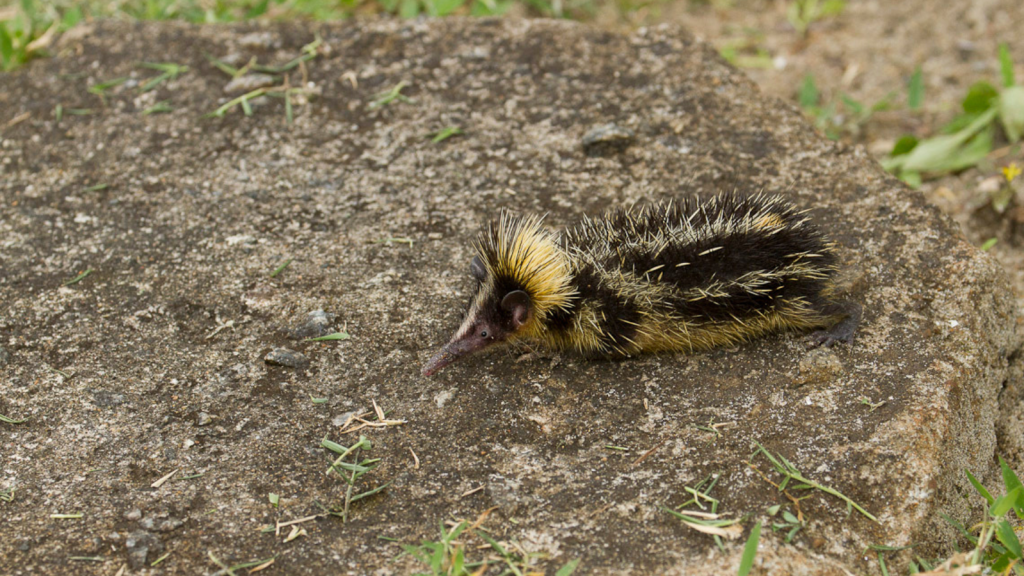
During mating season, male lowland streaked tenrecs perform a unique courtship dance. They circle the female, making soft whistling sounds and gently nudging her with their noses. It’s a delicate dance that can last for hours! If the female is receptive, she’ll respond with her own soft calls, leading to the formation of a temporary pair bond for mating.
They’re Prolific Breeders
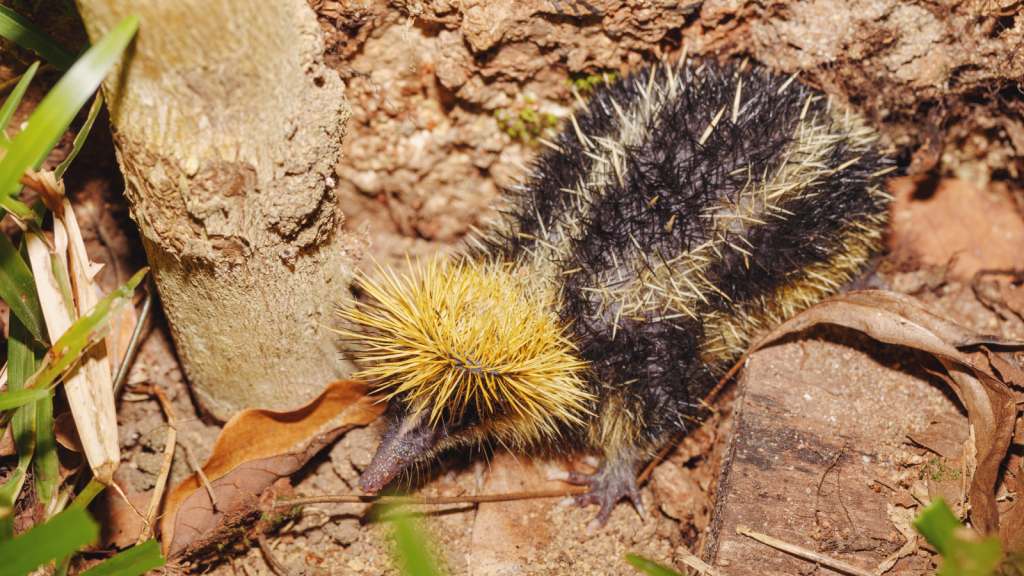
Lowland streaked tenrecs can have up to three litters per year, with each litter consisting of two to four babies. The young tenrecs, called pups, are born blind and hairless but quickly develop their distinctive quills and stripes. The gestation period is remarkably short, lasting only 50-60 days, which allows them to reproduce quickly when conditions are favourable.
They’re Vital to Their Ecosystem
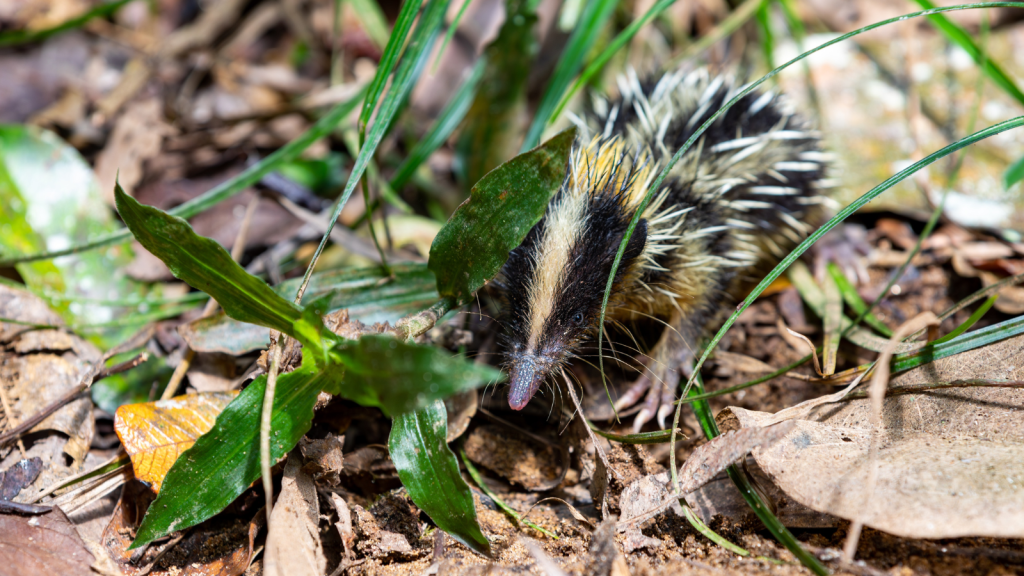
These small creatures play a big role in their forest homes. By eating insects and other small invertebrates, they help control pest populations. They’re also a food source for larger animals, making them an important link in the food chain. Their burrowing activities also help aerate the soil, promoting healthy plant growth in their forest habitats.
They Face Threats from Habitat Loss
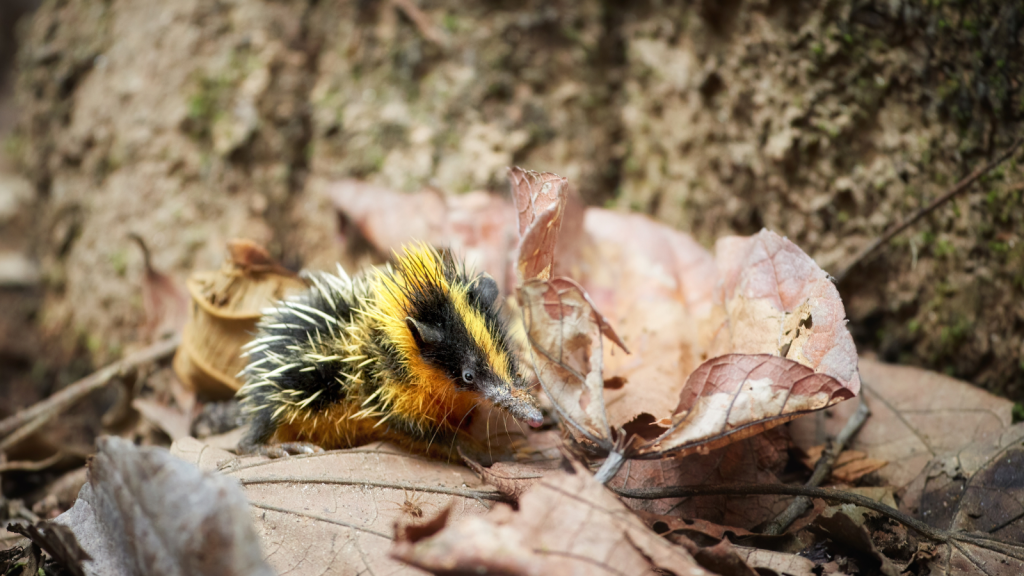
Like many species in Madagascar, lowland streaked tenrecs are under threat from deforestation and habitat loss. As their forest homes shrink, these unique animals face an uncertain future. Conservation efforts are crucial to ensure these fascinating creatures continue to thrive in the wild. Climate change also poses a significant threat, as it may alter the delicate balance of their forest ecosystems and affect the availability of their insect prey.
Becky is a fervent wildlife enthusiast and pet care expert with a diploma in canine nutrition. Her love for animals stretches beyond the domestic, embracing the wild tapestry of global fauna. With over a decade of experience in animal welfare, Becky lends her expertise to OutlandishOwl through insightful articles, captivating wildlife information, and invaluable guidance on pet nutrition. Her work embodies a deep commitment to understanding the intricate lives of animals and a passion for educating others on sustaining natural habitats. Becky's hands-on conservation efforts and her knack for translating complex dietary science into practical pet feeding tips make her an indispensable voice for creatures great and small.

